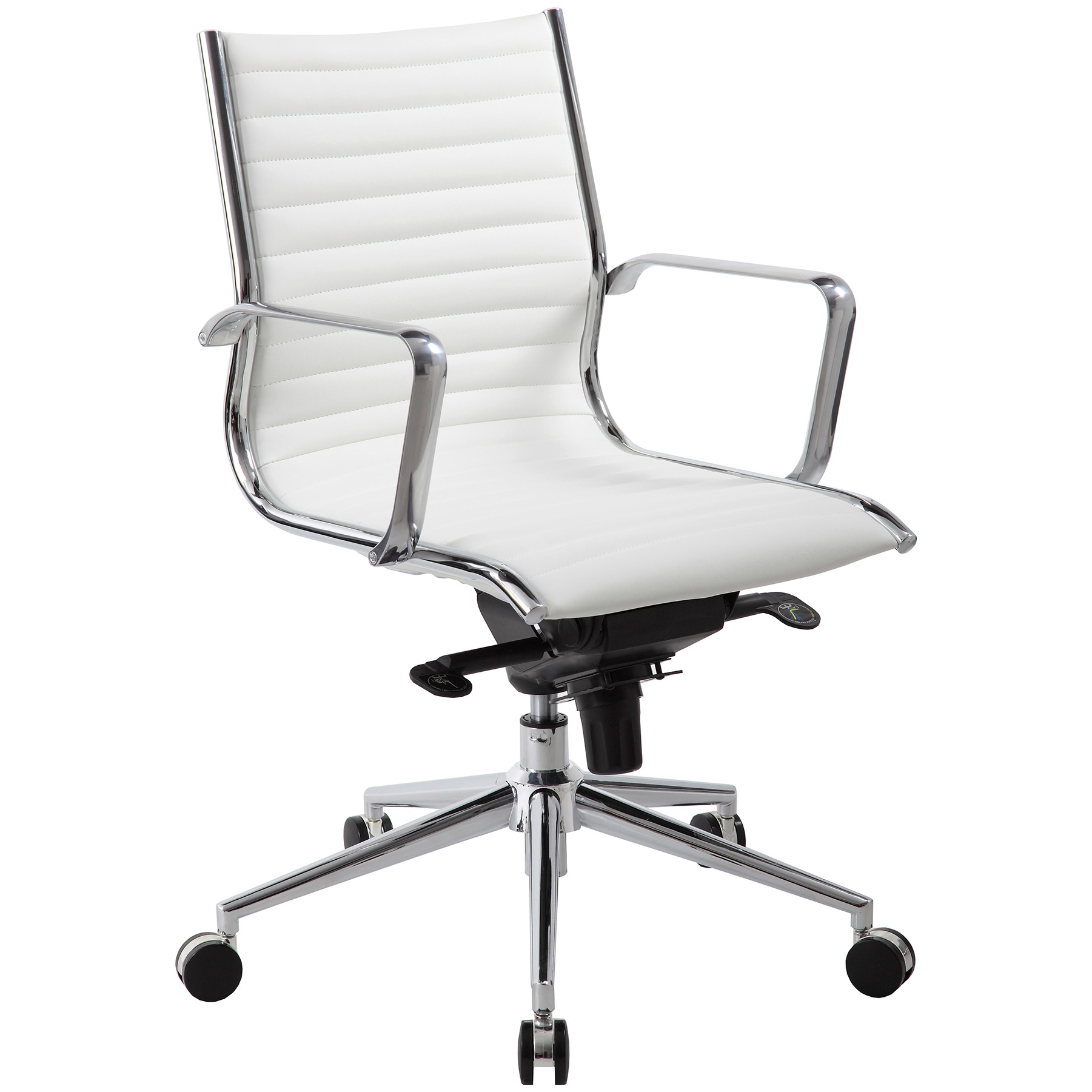Materials & Manufacturing of White Retro Desk Chairs

The allure of a white retro desk chair lies not only in its aesthetic appeal but also in the craftsmanship and materials that bring it to life. Understanding the materials and manufacturing processes reveals the intricate details that contribute to both the chair’s style and its durability. This exploration delves into the heart of these elements, showcasing the evolution of techniques from historical practices to contemporary methods.
Materials Used in White Retro Desk Chair Construction
The construction of a white retro desk chair involves a careful selection of materials, each contributing to the overall design, comfort, and longevity of the piece. The following table summarizes common materials and their properties:
| Material | Properties | Advantages/Disadvantages |
|---|---|---|
| Wood (e.g., Beech, Birch, Oak) | Hardwood, durable, can be stained or painted, varying grain patterns. | Advantages: Strength, aesthetic appeal, natural beauty. Disadvantages: Susceptible to moisture damage, can be expensive depending on wood type. |
| Metal (e.g., Steel, Chrome) | Strong, durable, resistant to wear and tear, can be easily shaped and welded. | Advantages: Robust structure, sleek appearance. Disadvantages: Can rust if not properly treated, may be cold to the touch. |
| Upholstery Fabric (e.g., Vinyl, Leatherette, Fabric) | Variety of textures, colors, and patterns; different levels of durability and comfort. | Advantages: Comfortable seating, adds aesthetic appeal. Disadvantages: Vinyl and leatherette can be less breathable; fabric can stain or wear down over time. |
| Foam (e.g., Polyurethane) | Lightweight, cushioning, available in various densities. | Advantages: Provides comfort and support. Disadvantages: Can lose shape over time, not environmentally friendly in some cases. |
Manufacturing Processes
The creation of a white retro desk chair involves a multifaceted manufacturing process, blending traditional techniques with modern advancements. The process typically begins with design and prototyping, followed by material sourcing and cutting. Metal components, if used, undergo processes such as welding and shaping. Wooden components might be shaped using techniques like milling or lathe work. Upholstery involves cutting and sewing fabric to fit the chair’s frame, often with the addition of foam padding. Finally, all components are assembled, and the finished chair is inspected for quality.
Historical vs. Modern Manufacturing Techniques, White retro desk chair
The methods used to create white retro desk chairs have evolved significantly over time. The following points highlight key differences:
White retro desk chair – Historically, manufacturing often relied heavily on handcrafted techniques. This involved meticulous craftsmanship, with each component carefully shaped and assembled by hand. Materials were often sourced locally, and production volumes were relatively low.
- Hand-carving of wooden components: Detailed and time-consuming, resulting in unique pieces.
- Manual welding of metal frames: Required skilled welders and contributed to the chair’s sturdiness.
- Traditional upholstery methods: Involved hand-stitching and careful fabric selection.
Modern manufacturing utilizes automation and mass production techniques to increase efficiency and reduce costs. This involves the use of machinery for tasks such as cutting, shaping, and assembling components. Modern materials and finishes are also employed to enhance durability and aesthetics.
- Computer-aided design (CAD) and computer-aided manufacturing (CAM): Allows for precise design and efficient production.
- Automated welding and assembly lines: Increase production speed and consistency.
- Use of advanced materials and finishes: Improved durability and resistance to wear and tear.
